More about The Yellow House
- All
- Info
- Shop
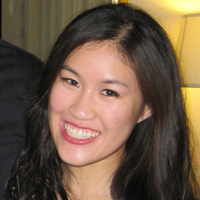
Sr. Editor
Welcome to Vincent van Gogh's neighborhood and his delightful Yellow House!
Don't get real estate envy, but Vincent van Gogh rented the section of The Yellow House that has a green door and windows for 15 francs (about $16) a month. His bedroom is the one with the partially open shutters.
During his stay, Vincent ate at the restaurant on the left with the pink awning, which was run by his landlady. Joseph Roulin, his friend and mailman of whom he painted several famous portraits, lived on the other side of the first bridge. And the café depicted in his painting Café Terrace at Night is to the right of Vincent’s apartment.
The house was located at 2 Place Lamartine, Arles, France before being bombed and subsequently torn down during World War II. There is now a plaque commemorating van Gogh’s residence. The building directly behind van Gogh’s apartment remains standing and still serves as a café.
Vincent wanted to create an artist commune in the south of France, except everybody sort of already knew he wasn't firing on all cylinders. Vincent’s brother Theo bribed Paul Gauguin to stay with Vincent for a while, and it was an exceptionally productive time for both of them. Vincent spent months working on decorating the house in preparation for Gauguin. He didn't have enough money to buy flowers, so made several paintings of sunflowers. Ironically, those paintings are now worth more than the GDP of some small countries. In the end, their personalities didn’t quite mesh; Vincent adored Gauguin and Gauguin thought Vincent was off his rocker and soon an ear went missing. "The Yellow House," a fairly decent TV movie, covers the time when Vincent and Gauguin were roomies.
Featured Content
Here is what Wikipedia says about The Yellow House
The Yellow House (Dutch: Het gele huis), alternatively named The Street (Dutch: De straat), is an 1888 oil painting by the 19th-century Dutch Post-Impressionist painter Vincent van Gogh.
The house was the right wing of 2 Place Lamartine, Arles, France, where, on May 1, 1888, Van Gogh rented four rooms. He occupied two large ones on the ground floor to serve as an atelier (workshop) and kitchen, and on the first floor, two smaller ones facing Place Lamartine. The window on the first floor nearest the corner with both shutters open is that of Van Gogh's guest room, where Paul Gauguin lived for nine weeks from late October 1888. Behind the next window, with shutters nearly closed, is Van Gogh's bedroom. The two small rooms at the rear were rented by Van Gogh at a later time.
Van Gogh indicated that the restaurant where he used to have his meals was in the building painted pink, close to the left edge of the painting (28 Place Lamartine). It was run by Widow Venissac, who was also Van Gogh's landlady, and who owned several of the other buildings depicted.
To the right of the Yellow House, the Avenue Montmajour runs down to the two railway bridges. The first line (with a train just passing) served the local connection to Lunel, which is on the opposite (that is, right) bank of river Rhône. The other line was owned by the P.-L.-M. Railway Company (Paris Lyon Méditerranée).
In the left foreground is an indication of the corner of the pedestrian walk which surrounded one of the public gardens on Place Lamartine. The ditch running up Avenue Montmajour from the left towards the bridges served the gas pipe, which allowed van Gogh a little later to have gaslight installed in his atelier.
The building was severely damaged in a bombing raid by the Allies on June 25, 1944, and was later demolished.
Check out the full Wikipedia article about The Yellow House

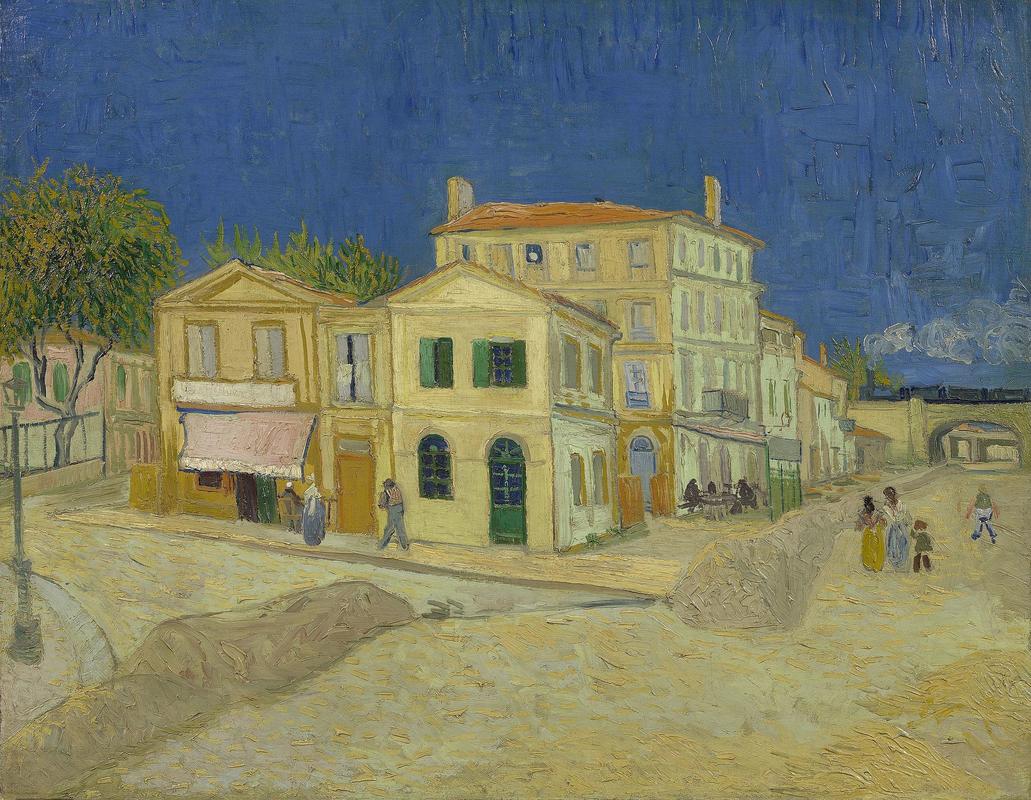
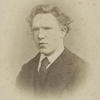
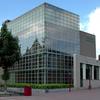
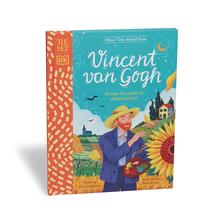
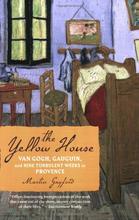
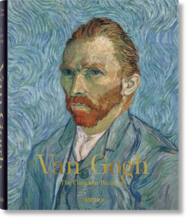
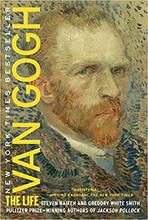
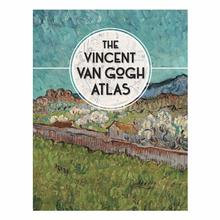
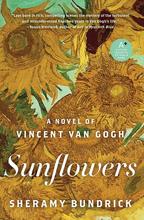









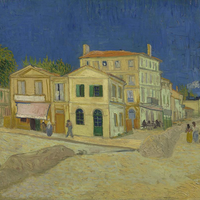
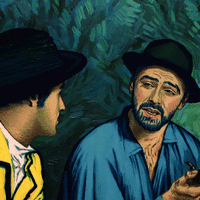
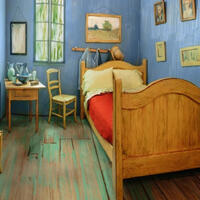
Many people go for this type of art and I am one of them.